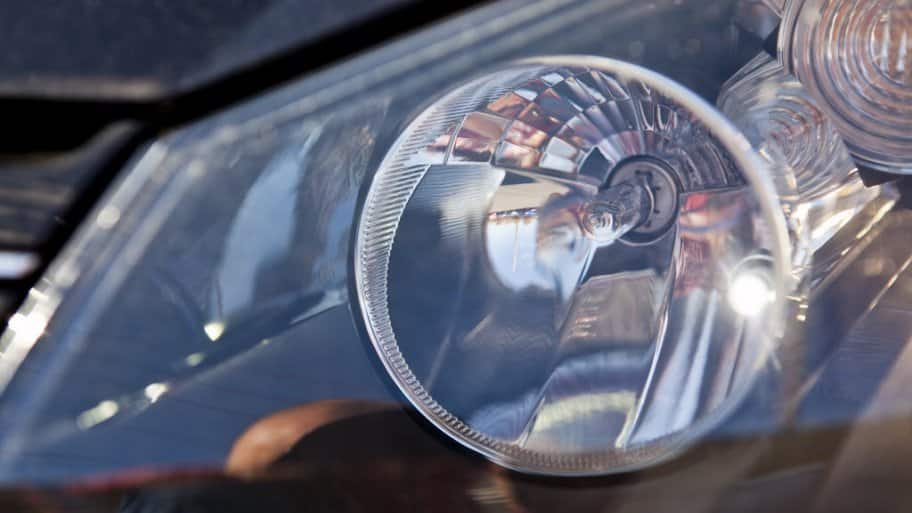Hikari Led Headlight Can Be Fun For Everyone
Table of ContentsThe Of Hikari Led HeadlightExcitement About Hikari Led HeadlightIndicators on Hikari Led Headlight You Need To Know
A headlamp system is required to produce a low and a high beam, which might be produced by multiple sets of single-beam lamps or by a pair of dual-beam lights, or a mix of single-beam and dual-beam lamps. High beams cast most of their light straight ahead, taking full advantage of seeing distance however producing too much glare for safe usage when other lorries exist on the road.Low beams have stricter control of upward light, and direct the majority of their light downward and either rightward (in right-traffic nations) or leftward (in left-traffic countries), to offer forward visibility without extreme glare or backdazzle. Low beam (dipped beam, passing beam, conference beam) headlamps provide a distribution of light created to provide forward and lateral illumination, with limits on light directed towards the eyes of other road users to control glare.


Most low-beam headlamps are specifically developed for use on just one side of the roadway. Headlamps for use in left-traffic nations have low-beam headlamps that "dip to the left"; the light is distributed with a downward/leftward bias to reveal the chauffeur the road and indications ahead without blinding oncoming traffic.

The Definitive Guide for Hikari Led Headlight
Numerous tungsten (pre-halogen) European-code headlamps made in France by Cibi, Marchal, and Ducellier could be adapted to produce either a left- or a right-traffic low beam by means of a two-position bulb holder. Because wrong-side-of-road headlamps blind approaching you could try this out chauffeurs and do not adequately light the driver's method, and blackout strips and adhesive prismatic lenses reduce the safety performance of the headlamps, some countries require all lorries registered or used on a permanent or semi-permanent basis within the country to be geared up with headlamps created for the proper traffic-handedness.
Lorry headlamps have actually been discovered not able to light up an assured clear range ahead at speeds above 60 km/h (40 miles per hour). It may be risky and, in a couple of locations, prohibited to drive above this speed in the evening. Some countries need autos to be equipped with daytime running lights (DRL) to increase the conspicuity of automobiles in motion throughout the daytime.
In Canada the DRL function needed on lorries made or imported considering that 1990 can be provided by the headlamps, the fog lamps, steady-lit operation of the front turn signals, or by special daytime running lights. Functionally devoted daytime running lamps not involving the headlamps are required on all new vehicles initially sold in the European Union given that February 2011.
Japan previously had custom lighting guidelines comparable to the United States standards, however for the left side of the road. Nevertheless, Japan now follows the ECE requirement. The differences in between the SAE and ECE headlamp requirements are mostly in the amount of glare allowed towards other motorists on low beam (SAE permits much more glare), the minimum amount of light required to be thrown directly down the road (SAE requires more), and the particular locations within the beam at which minimum and optimum light levels are defined.
Below the line is intense, and above is dark. On the side of the beam facing far from approaching traffic (right in right-traffic countries, left in left-traffic nations), this cutoff sweeps or steps up to direct light to roadway indications and pedestrians. SAE low beams may or might not have a cutoff, and if a cutoff exists, it might be of 2 try this different general types: VOL, which is conceptually similar to the ECE beam because the cutoff is located at the top of the left side of the beam and aimed somewhat below horizontal, YOURURL.com or VOR, which has the cutoff at the top of the best side of the beam and targeted at the horizon.
Comparative studies have consistently revealed that there is little or no general safety benefit to either SAE or ECE beams; the two systems' approval and rejection by various countries is based primarily on which system is already in usage. In The United States and Canada, the style, performance and installation of all automobile lighting devices are controlled by Federal and Canada Motor Automobile Safety Requirement 108, which integrates SAE technical standards.
Little Known Questions About Hikari Led Headlight.
United States laws required sealed beam headlamps on all automobiles in between 1940 and 1983, and other nations such as Japan, United Kingdom and Australia also made extensive use of sealed beams. [] In many other countries, and in the US because 1984, replaceable-bulb headlamps predominate. Headlamps need to be kept in correct objective.
In the United States, SAE basic headlamps are aimed without regard to headlamp mounting height. This offers lorries with high-mounted headlamps a seeing distance advantage, at the expense of increased glare to chauffeurs in lower automobiles - hikari led headlight. By contrast, ECE headlamp objective angle is connected to headlamp mounting height, to give all lorries roughly equal seeing distance and all motorists roughly equal glare.